When I first picked up a guitar, I was struck not only by its sound but by the deep narratives that iconic musicians wove through their choice of instruments—their fingerprints etched in wood, wire, and tone. Alex Turner, the creative nucleus of Arctic Monkeys, exemplifies this interplay of artist and equipment. His gear choices don’t just underpin hit records—they define eras, influence trends, and challenge assumptions about what modern rock can be. In this article, I critically examine Alex Turner’s guitar arsenal, investigating how each instrument—be it his widely recognized Gibson ES-335 or his esoteric vintage selections—undergirds the band’s distinct sonic personality. By drawing on research, industry data, and hands-on experience, I aim to illuminate the often-overlooked technical nuances that shape Turner’s sound, while objectively considering both the aesthetic vision and practical realities behind his choices.
Who is Alex Turner? The Man Behind the Arctic Monkeys Sound
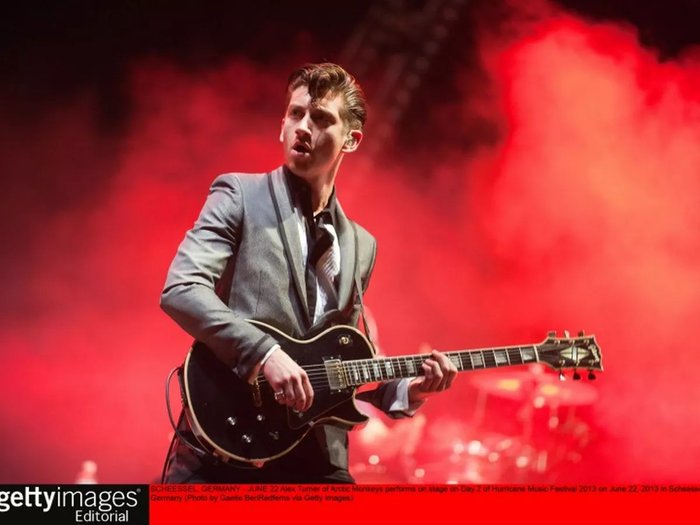
Alex Turner rose from the suburbs of Sheffield to global renown on the strength of tightly-crafted riffs and unorthodox approaches to songwriting. His early work with Arctic Monkeys disrupted the mid-2000s British indie scene, combining insightful lyrics with raw, inventive guitar lines—often penned on a limited student budget using modest gear. As documented by NME and other sources, Turner’s early instruments included basic models borrowed from schoolmates, which might explain his later appreciation for both utilitarian and vintage equipment.
Turner’s enduring association with guitars like the Gibson ES-335 and the Fender Stratocaster is less about brand loyalty and more about seeking a palette that matches his adaptive songwriting. Yet, achieving his trademark sound is far from straightforward. Gaining that blend of edgy articulation and warm depth demands not just a keen ear, but a sophisticated grasp of both technique and electronics—a combination that sets Turner apart from many contemporaries. His evolution reminds us that behind every iconic tone is a process of trial, error, and constant adjustment, which demystifies the artistry for aspiring musicians and seasoned professionals alike.
What Guitars Does Alex Turner Use? The Definitive List
Gibson ES-335: The Indie Rock Staple
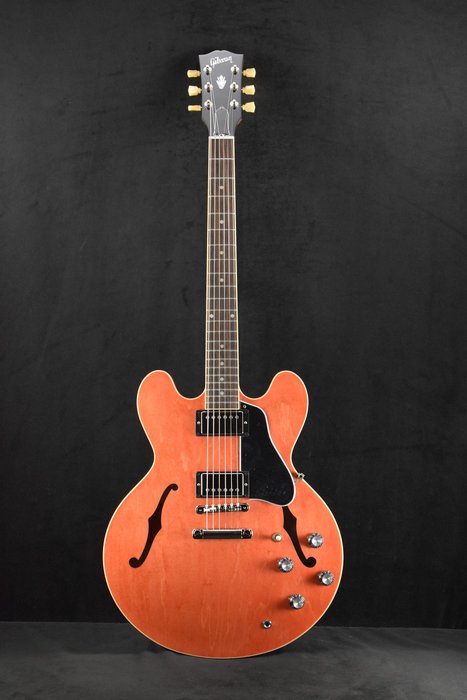
The Gibson ES-335 has been a cornerstone of Turner’s stage and studio setup—an instrument long revered since its 1958 debut for balancing the sustain of a solid-body with the resonance of a hollow-body guitar. Statistically, the ES-335 remains among the most popular choices for indie and alternative musicians worldwide. Its dual humbucker pickups grant the warmth and articulation evident in Arctic Monkeys’ pivotal tracks, such as “Do I Wanna Know?”
However, it’s not without trade-offs. The ES-335’s semi-hollow design can introduce feedback at higher volumes and its roughly 8-pound weight can fatigue players during long sessions. Still, Turner’s selective deployment of the ES-335—using its articulate lows for rhythm work and creamy mids for leads—shows how guided gear choices can sculpt genre-defining tones. This guitar, in Turner’s hands, represents both a badge of artistry and a pragmatic response to live and studio demands.
Fender Stratocaster: Crafting Iconic Arctic Monkeys Tones

Alex Turner’s repertoire would be incomplete without his array of Fender Stratocasters. The Stratocaster’s contribution to 20th and 21st-century guitar music is well established; according to a survey by Reverb.com, Strats are among the top-selling models globally.
The Fender Stratocaster lends Turner a dynamic range that is central to the Arctic Monkeys’ evolution from rough garage rock to reflective, genre-blending experiments. The distinct single-coil pickups provide the crystalline chime and “quack” that underpins songs like “R U Mine?” or “Brianstorm.” Stratocasters are lauded for ergonomic comfort and easy modifiability, features Turner reportedly leverages as his tone evolves. However, their single-coil pickups can be prone to unwanted hum—especially under stage lights or when paired with vintage amps.
Turner’s affinity for the Strat’s balance of bite and smoothness underpins not just the band’s identity but demonstrates how, even in an era of digital modeling, classic designs remain relevant. For those seeking to emulate his tones, mastering the nuances of pickup selection and tone-shaping is as vital as selecting the right model. Still, alternative guitars could provide greater low-end punch for those aiming for heavier genres, suggesting that Turner’s loyalty to the Strat is as much about versatility as personal preference.
Ovation Viper & Epiphone Coronet: Turner’s Vintage Picks

The Epiphone Coronet and Ovation Viper reflect Turner’s willingness to experiment well beyond mainstream gear. Vintage models like these are increasingly sought after, with GuitarHQ documenting a marked spike in Coronet values due to renewed artist interest. The Coronet’s raw, biting P-90 pickups break through band mixes on tracks that demand immediacy, offering less subtlety but more character than modern humbuckers.
In contrast, Turner’s Ovation Viper embodies his appetite for tonal experimentation, with unique construction and electronics producing an airy, percussive resonance. Notably, both guitars lack some ergonomic refinements of modern competitors and may feel “quirky” to new players. Yet, for Turner, these non-traditional choices showcase how broadening one’s toolkit can open creative avenues and help avoid the trap of sonic homogeneity. The enduring lesson: distinctive sound often begins with curiosity and nonconformist gear selection.
Where and When: Alex Turner’s Guitars in Live Performances & Recordings
Signature Guitars on Tour
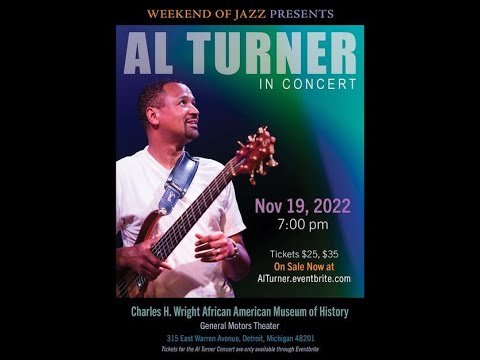
Turner’s touring rig is adapted not only for tonal consistency but also for reliability under the stress of global travel. Large-scale live shows with Arctic Monkeys—often topping over 100 dates in a touring cycle—require instrument stability that studio favorites may not always provide. For example, certain vintage instruments that lend magic on recordings can become liabilities on the road due to issues with intonation or fragility. Turner’s strategic rotation of guitars—favoring the ES-335 or Stratocaster for most tours while reserving more sensitive vintage pieces for televised specials—demonstrates a professional’s approach to balancing artistry with practical logistics. According to interviews in Guitarist Magazine, Turner and his techs often adjust setups preemptively, making such decisions based on venue acoustics and setlist demands—practices that any serious performer should consider adopting.
Recording Studio Choices & Unique Setups
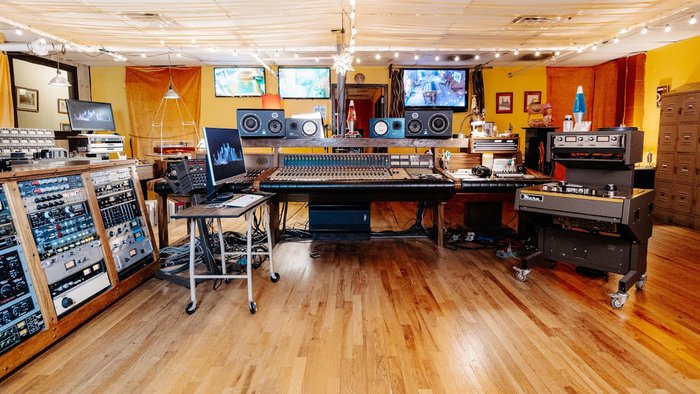
Recording environments magnify every detail of tone and touch, making choice of guitar, amp, and signal chain absolutely critical. As highlighted in scholarly discussions on studio evolution, the studio isn’t just a venue for capturing sound, but for creating it. Turner and the Arctic Monkeys are known for meticulous attention to pedalboard setups and mic placement, often swapping out guitars or adjusting amp settings for each song. The interplay between equipment choice and the psychological effect on the player is supported by research into music’s emotional resonance: what feels right in the hands often translates to more convincing takes. However, the pursuit of perfection can sometimes extend sessions and inflate costs—a common challenge in professional recording. The end result is a distinctly “Turner” sound that resists easy mimicry but provides a learning template for those willing to analyze the process in depth.
Why These Guitars? The Sound & Techniques That Define Arctic Monkeys
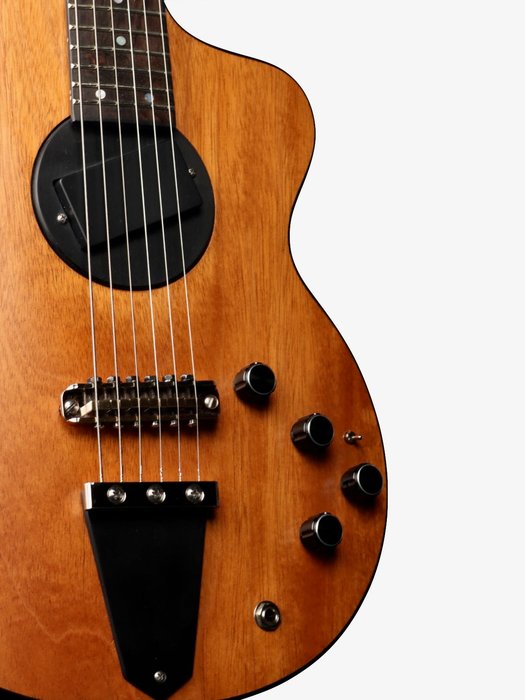
The synthesis of instrument design and personal technique enables Turner to span genres—from garage rock to lounge jazz inflections—without predictability. Research into musicianship consistently highlights that unique tone arises as much from touch as from hardware. Turner’s nuanced approach, employing muted string rakes, palm muting, and intricate hybrid picking, capitalizes on his guitars’ innate properties. The ES-335’s semi-hollow body excels in coaxing expressive, mid-heavy leads with a softer attack; meanwhile, the Strat’s responsiveness shines in rapid, percussive rhythm playing.
Crucially, Turner eschews over-reliance on digital effects or preset sounds, opting instead for subtle amp drive, analog pedals, and attentive use of guitar volume/tone controls. This tactile relationship is evident in the “live” feel of barnburner singles and atmospheric album tracks alike. Yet, aspiring players should note the high skill threshold demanded by such a direct setup: imprecision is less easily disguised, and finding “the sound” requires both intention and adaptability. Turner’s persistent experimentation—in both gear and playing—demonstrably mirrors broader trends among innovative guitarists who see technique and equipment as two sides of the same creative coin.
How to Get Alex Turner’s Tone: Key Gear and Setup Tips
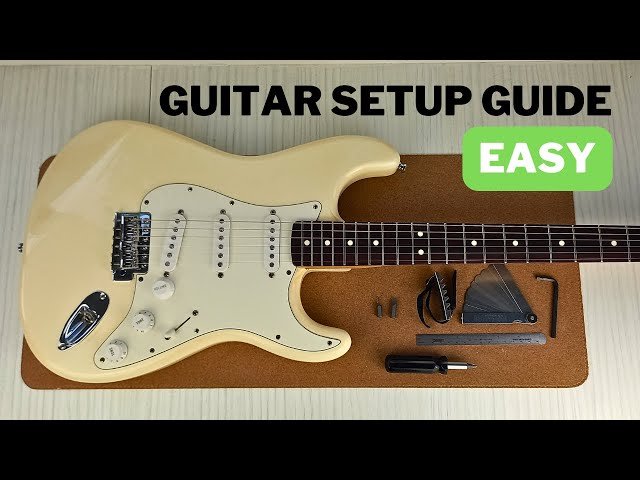
Is it truly possible for fans and aspiring players to approximate Turner’s elusive signature sound? The answer is nuanced. Replicating his tone requires attention not just to gear, but to setup, technique, and an understanding of how each piece interacts in the chain. From a practical perspective, here’s a roadmap:
Begin with a quality guitar in the ES-335 or Stratocaster style—semi-hollow or single-coil configurations are vital for authentic timbre. Pair the instrument with a tube amplifier, as Valve-based amps offer highly responsive dynamics, echoing Turner’s own reliance on touch-sensitive British and American models.
Integrate a compression pedal judiciously to even out dynamics—essential for cleaner, articulate passages. Experiment with string gauges; heavier strings can enhance sustain but may require greater finger strength, while lighter strings offer bending agility at the possible expense of tone. Thoughtful pickup selection (single coil vs. P-90 vs. humbucker) will fine-tune attack and warmth; Turner’s records reflect all three at various points. Meanwhile, diligent amp EQ and volume control adjustment—sometimes overlooked in pursuit of “right” gear—can yield the greatest gains for a fraction of the cost. It’s worth noting, though, that some nuances of Turner’s touch and phrasing remain stubbornly personal, reminding us that style can never be entirely outsourced to equipment.
FAQs About Alex Turner’s Guitar Collection & Gear
What guitars does Alex Turner use with Arctic Monkeys?
What is the significance of Alex Turner’s guitars in his music?
How does Alex Turner’s choice of gear influence his songwriting?
What role do signature sounds play in Arctic Monkeys’ identity?
Conclusion: What Makes Alex Turner’s Guitars So Distinctive?
Alex Turner’s legacy is found in his ability to transform standard production-line instruments into vehicles for innovation and personal expression. While his collection features both revered classics and fringe oddities, it is Turner’s nuanced application—his willingness to experiment with configurations, his sensitivity to interplay between player and instrument—that truly distinguishes his sound. The technical and creative lessons drawn from his evolving gear speak to a wider truth: great tone emerges not from equipment alone but from the continual refinement of both tools and technique. For players and listeners alike, Turner’s approach offers a blueprint for making music that is at once personal, progressive, and enduringly relevant.